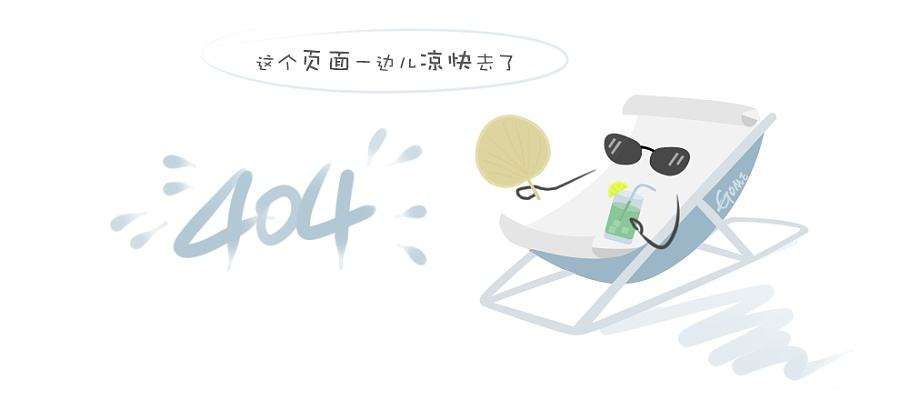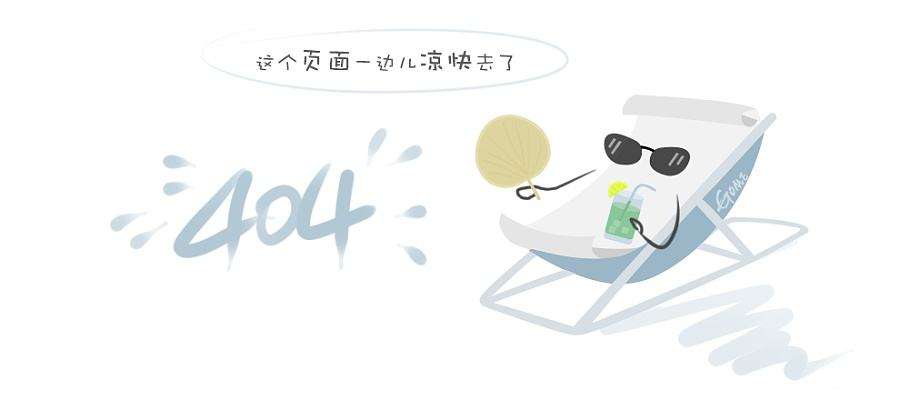1、epc (general contracting) model
epc (engineering procurement construction) refers to the whole process or several stages of contracting for the design, procurement, construction and trial operation of engineering construction projects by the company entrusted by the owner in accordance with the contract agreement. generally, the company is responsible for the quality, safety, cost and progress of the project under the total price contract.

under epc general contracting mode, the general contractor is responsible for the whole construction project, but it does not mean that the general contractor has to complete the whole construction project in person. in addition to the work that the law clearly stipulates should be completed by the general contractor, the general contractor may take the form of professional subcontracting for the rest of the work. in practice, the general contractor will subcontract the equipment purchasing (manufacturing), construction and installation to the professional subcontractor in the form of subcontracting according to his rich project management experience, the different scale, type and owner's requirements of the project.
engineering: including the specific design work, the overall planning of the whole construction project content, the planning and specific work of the organization and management of the whole construction project implementation;
procurement: not the general sense of construction equipment material procurement, more refers to the procurement of professional equipment and materials;
construction: including construction, installation, commissioning, technical training, etc.
2、bot (construction, operation, transfer) model
bot (build-operate-transfer) is the mode of construction-operation-transfer. enterprises are responsible for investment and construction, have a limited franchise, and then transfer it to the government free of charge when it expires.
bot has undergone hundreds of years of development. in order to adapt to different conditions, many varieties have been derived, such as boot (build-own-operate-transfer), boo (build-own-operate), blt (build-lease-transfer) and tot (transfer-operate-transfer).
boot (build-own-operate-transfer):
that is, build-own-operation-transfer. this way clarifies the ownership of bot mode, and the project company has both the right of operation and ownership during the concession period.
boo (build-own-operate):
that is, build-one has one operation. in this way, the developer builds and operates an infrastructure according to the concessions granted by the government, but does not transfer the infrastructure to the government or the public sector.
blt (build-lease-transfer):
build-lease-transfer. that is, the government entrusts investors to build projects. during the operation period of the project, the government has the obligation to become the lessor of the project. after the lease period is over, all assets are transferred to the government public sector.
bt (build-transfer):
build, transfer. enterprises sign contracts with the government to set up a project company as a stage owner responsible for financing and construction of an infrastructure, and deliver it to the government after completion.
bto (build-transfer-operation):
construction, transfer, operation. enterprises finance and take charge of the construction of the facility. after completion, the ownership of the facility will be transferred to the government; then the government will sign a long-term contract with it to operate the facility.
tot (transfer-operate-transfer):
transfer, operation, transfer. government departments transfer their own facilities to private organizations for operation. private organizations usually need to pay a transfer fee, and then transfer the facilities to the government after expiration.
3、rot (retrofit-operate-transfer) model
that is to say, the mode of "reorganization, operation and transfer" refers to the renewal and transformation of the facilities and equipment of outdated and outdated infrastructure projects by the franchisor on the basis of obtaining the franchise right, and on this basis, the franchisor transfers them to the government after the agreed years of operation. the main difference between rot and tot is whether the franchise project needs to be repaired and updated. rot mode is a project operation mode in which the government increases the content of renovation and expansion on the basis of tot mode. it usually includes the procedure of project establishment and project submission. the duration of rot contract is usually 20-30 years.

focus on qingquan
founded in 1995, shenzhen qingquan water industry co., ltd. has been focusing on water treatment for 24 years. it is the first batch of national high-tech enterprises set up by china's urban water supply and drainage industry to break the technological monopoly of foreign enterprises.
as the standard drafting unit of "upstream flow filter design rules" for urban water supply and drainage in china, the company is one of the environmental protection enterprises with few "academician (expert) workstations" in the industry. the deep bed denitrification filter independently developed by the company has become a benchmark product in the industry.
the company is committed to providing "land-saving, time-saving, labor-saving, and money-saving" industrial solutions for urban sewage treatment plants, water quality improvement and efficiency enhancement, advanced treatment of industrial wastewater, industrial aquaculture water treatment, reclaimed water reuse and reclaimed water plants, and becoming the leader of intelligent modular water treatment equipment.
